Using well water has plenty of financial benefits, saving expensive connections to rural water district systems. But wells will require maintenance, including ridding them of bacteria.
If you are wondering how long you have to run your water after shocking the well, we can help you. We researched the science behind this process from multiple professional sources, so you'll know how to do it.
You should run water for at least 10 minutes after shocking the well. In addition, you should do this through a hose a good distance from the well.
Now that we know that you should run your water for at least ten minutes after shocking the well, we'll look at the science behind the process.
You might also wonder what happens if you put too much bleach in a well or why the water might turn brown after this task. For the answers to these questions and more, read ahead!
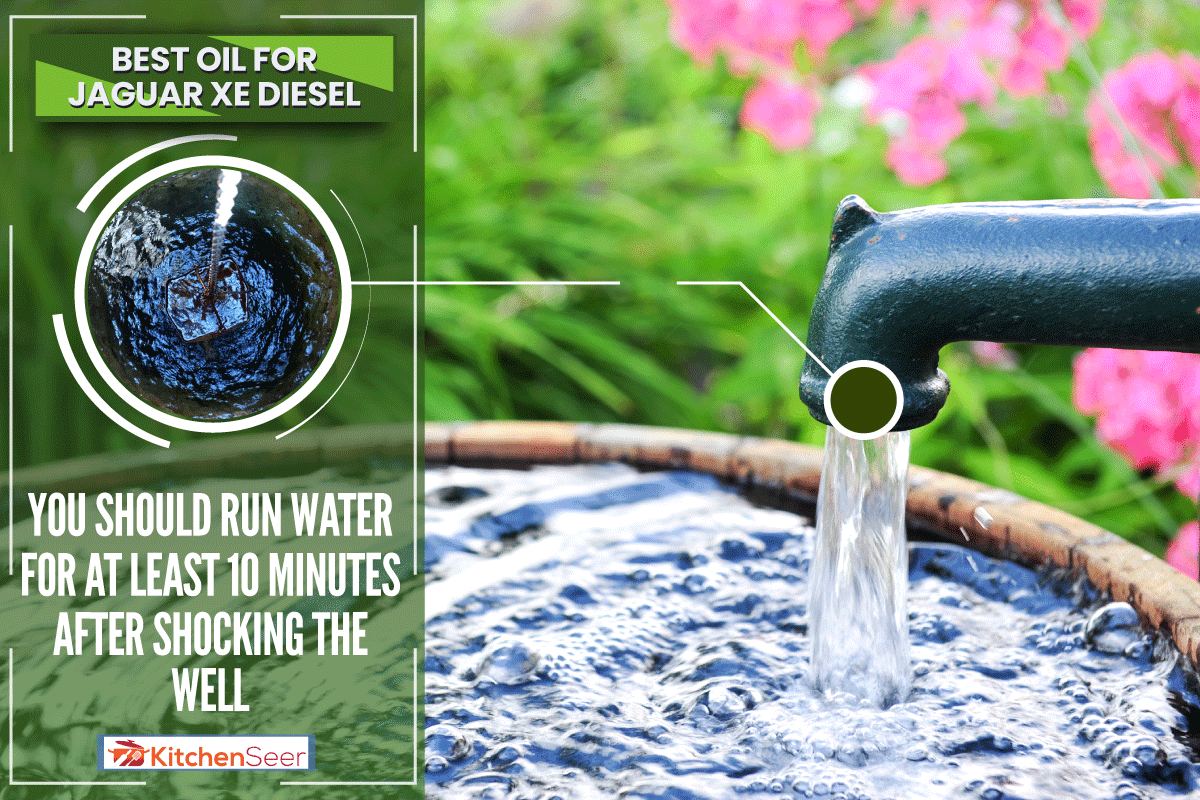
Why Do You Need To Shock Wells?
Experts maintain that running water for at least 10 minutes is ideal after shocking your well. The process of shocking a well is not an overly complicated one, but it is nonetheless vital.
While having a well can be a financial convenience, it requires maintenance and responsibility that you wouldn't have if connected to a public water supply.
Routinely shocking your well is one of these items, a simple yet essential job that protects the health of those using the water.
Here, we'll discuss why your well needs to be shocked. We'll also look at why you should always let your water run after doing so.
You Need To Shock Wells To Eliminate Potentially Harmful Bacteria
The water from your well has not been treated by any system that would cleanse it of harmful bacteria.
As the vast majority of wells are in rural areas, imagine all the possible ways bacteria might invade the groundwater supply that feeds the well.
Farm runoff, septic tank expulsions, cracked well seals, and other causes out of your control can lead to this bacterium ending up in your well water.
Among the most harmful form of bacteria found in well water is a group known as coliform.
The 16 different bacteria belonging to this family include E. coli. You should periodically test your well water for these harmful agents to rid your water supply of them through shocking.
When you shock a well, you kill the unwanted bacteria with a regiment of undiluted household bleach. This additive is inexpensive but very effective in giving you a short-term solution.
As the bleach is slowly pumped from the well over time by usage, the water will need to be shocked again if any bacteria are present.
Running Water Flushes Non-Shocked Water Out Of Your System
After you are finished shocking the well, the bleach will take some time to get to work.
But you've only shocked the water in the well itself. Several bacteria probably still alive in your water pipes that will need to be flushed out before you can safely resume using the well water.
By running your water for a minimum of 10 minutes, you allow all untreated water to be cycled out of your plumbing system.
You'll know when it's ready as you'll be able to get a light whiff of chlorine when the old water has been flushed through.
What Happens If I Put Too Much Bleach In My Well?
There are suggested amounts of bleach that you should shock your well with. You should never exceed these amounts, as you might be doing your well more harm than good.
A small amount of bleach will kill the bacteria you want. But not all of the bacteria in your well are necessarily bad. There are levels of good bacteria that you want to have maintained.
You risk killing the good bacteria if you shock your well with too much bleach. This will throw the pH balance of the water off. Ideally, you want this acidity to be between 6.0 and 7.5.
One gallon of bleach for every 200 gallons of well water is the suggested amount for shocking a well.

Why Is The Water Brown After Shocking My Well?
Shocking your good causes many chemical reactions to happen in the water. The bleach will also cause the metals in your pipes to react.
It oxidizes whenever this chemical comes into contact with tiny bits of iron.
This process turns the water brown. Depending on how much iron you have in your water, you should be able to flush the brown water out by letting the water run for a bit.

How Do You Remove Sediment From Well Water?
If you test your well water for sediments and find some unwanted deposits, you'll want to rid your water supply of them. Though not uncommon, sediment deposits in wells can make water taste weird and also harm your health.
The sediment you find could be from any number of materials. Sand, manganese, silt, algae, and other small particles can invade your well. This most commonly happens from storm runoff.
A good sediment filter will take care of this problem. Different varieties include spin-down filters that use centrifugal force to keep unwanted particles from entering your pipes.
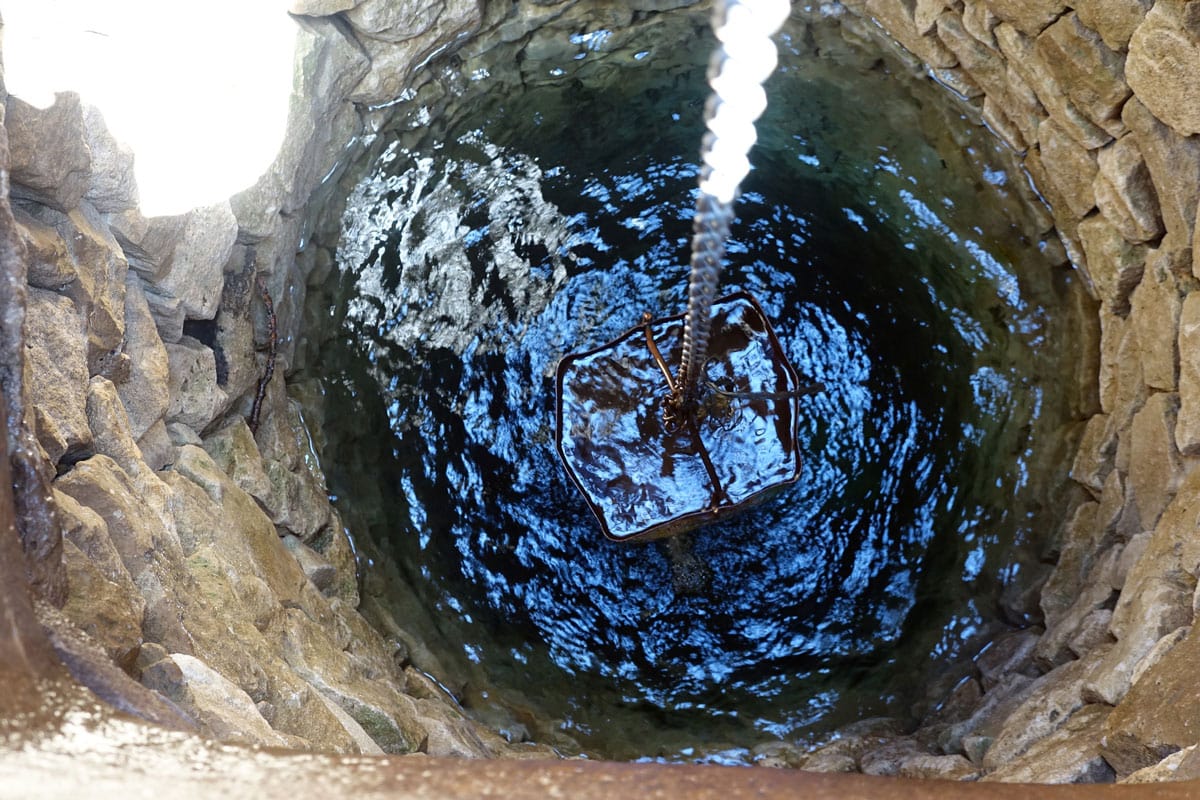
How Often Should You Shock A Well?
Shocking a well with bleach is a temporary solution to a common bacteria problem in this type of water supply. If shocking the water is the only method you use to purify your drinking water, you will need to test the water every few weeks to see if it needs to be treated.
How often your well needs shocked will depend on a variety of factors. Commonly, you'll need to shock the water after heavy storms. But if your well is near a septic tank, this might create a need for you to shock the water.
While an inexpensive way to treat your water, you can install a UV light system to kill the same harmful bacteria. Though more expensive, it will save you from having to shock your well regularly.

How Much Does It Cost To Shock A Well?
If you shock a well on your own, it will only put you out of the cost of the bleach. The bleach you need won't be much, as a gallon or two will usually do it.
Having your well professionally shocked will cost a bit more. Generally, you can expect to pay about $100 for this service.
Though it will cost more, you can rest assured that it will be done right the first time by an expert.
Conclusion
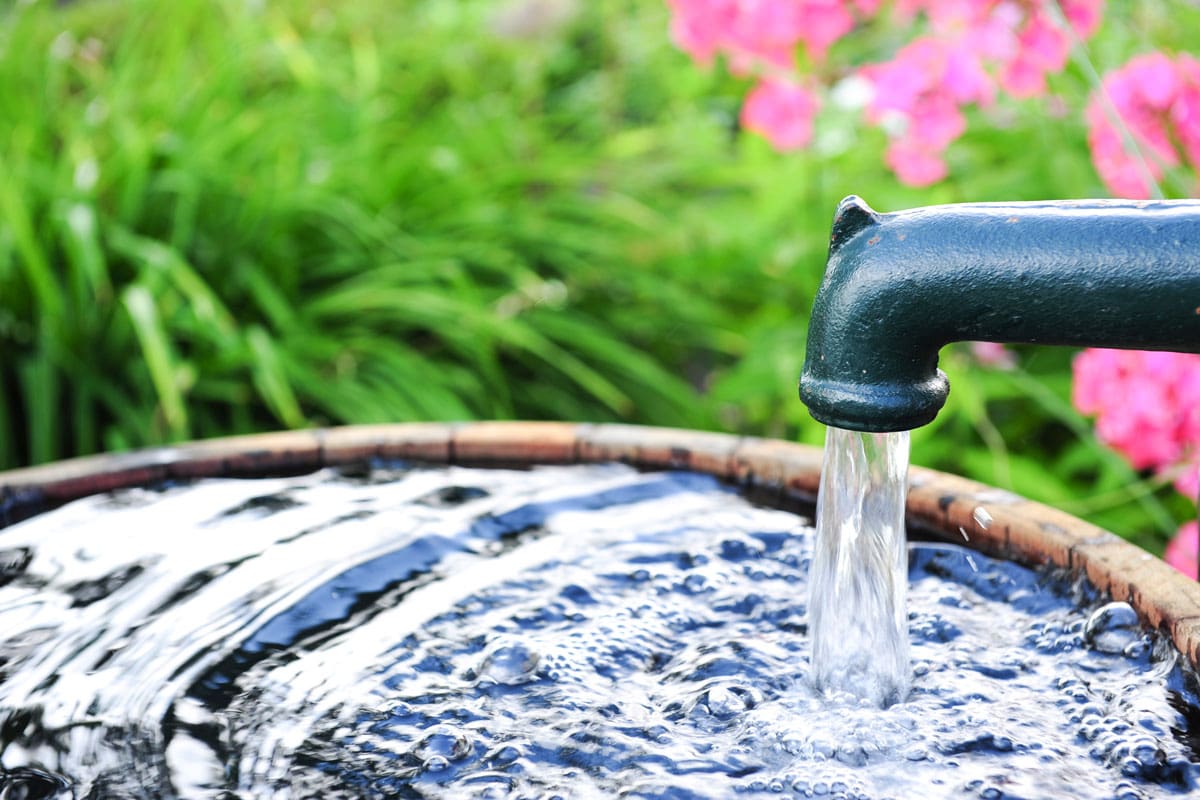
Shocking a well is a routine part of using this type of water supply unless you have an installed UV light treatment system.
Shocking a well with bleach is quick, easy, and inexpensive, though it only kills the bad bacteria for a short time. Many well owners will have their wells professionally shocked.
This saves them time and won't break the bank regarding labor.
Made it to the end? Check out these super helpful related kitchen posts below!
How Long Should Refrigerator Water Filters Last? [And When To Replace Them]
Electrolux Dishwasher Filter—Where Is It And How To Clean Or Replace It
Can You Leave An Oven On Overnight? [Or When Not Home]?


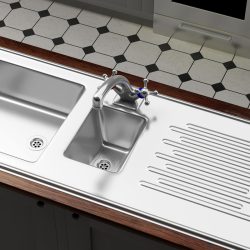
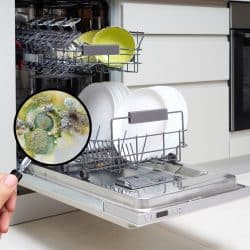

![A rice cooker filled with freshly cooked rice, Can Rice Cookers Cook Brown Rice? [And How to]](https://kitchenseer.com/wp-content/uploads/2022/02/A-rice-cooker-filled-with-freshly-cooked-rice-250x250.jpg)
![Open cabinet under sink 1 bowls with installed water pipe, water filter , Accessories aluminum under cabinet sink protection .White kitchen cabinet. - What Are Water And Sewer Taps [For Homeowners Inc. Installation Details]?](https://kitchenseer.com/wp-content/uploads/2022/09/Drain-pipe-or-sewer-under-kitchen-sink.-Pvc-plastic-pipe-and-flexible-supply-tube-connection-to-stainless-steel-sink-include-fa-1-250x250.jpg)